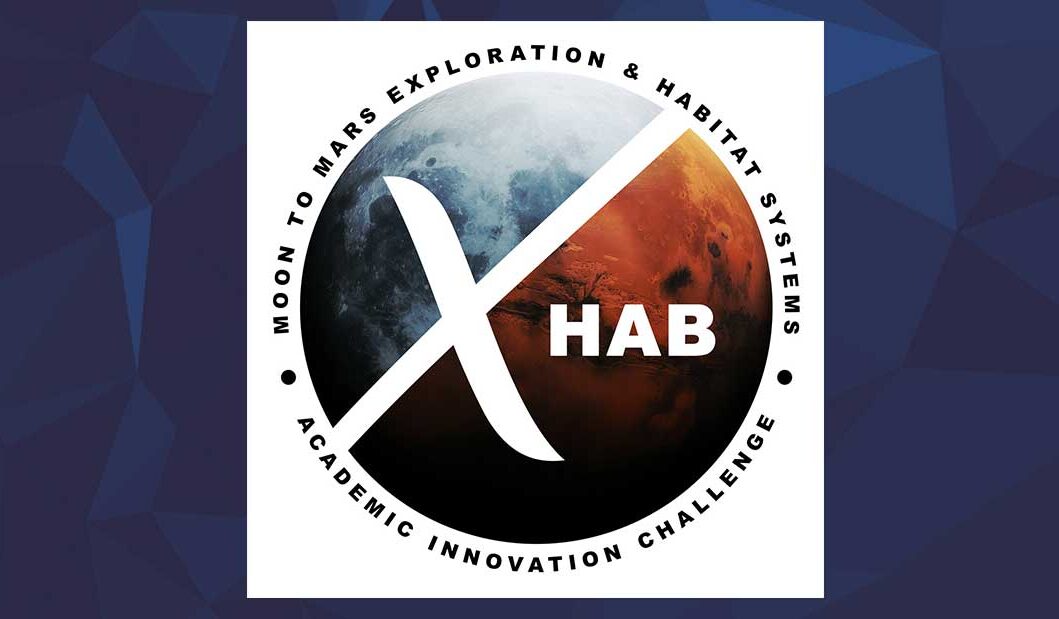
NASA Selects U-M Team to Develop Technologies to Enhance Artemis Missions
The BLISS team has been selected to develop advanced and innovative design ideas that will help solve Artemis mission challenges for NASA.

The BLISS team has been selected to develop advanced and innovative design ideas that will help solve Artemis mission challenges for NASA.
NASA and the National Space Grant Foundation have selected several university teams to develop advanced and innovative design ideas that will help solve Artemis mission challenges, including the BLISS (Bioastronautics and Life Support System) team at the University of Michigan. The selections are part of the 2023-2024 Moon to Mars eXploration Systems and Habitation (M2M X-Hab) Academic Innovation Challenge sponsored by NASA’s Artemis Campaign Development Division.
The 2023-2024 M2M X-Hab Academic Innovation Challenge is an opportunity for NASA to build strategic partnerships with universities and tap into the ingenuity of the future Artemis Generation workforce. The challenge provides STEM (Science, Technology, Engineering and Mathematics) students interested in aerospace careers with hands-on development and research experience, while strengthening NASA capability for missions to the Moon, Mars, and beyond. Past student participants have gone on to careers in the aerospace industry, including at NASA.
Universities in support of the M2M X-Hab 2023-2024 Academic Innovation Challenge will advance science and technology innovations for Artemis missions with the following projects:
At the University of Michigan, the BLISS Team has been selected to design payload racks to support future habitation platforms and exploration missions.
Their project aims to ideate modifications to heritage rack designs and scale them to lunar and Martian habitats. The final deliverables of this project include high-fidelity CAD renderings in the intended environment of the proposed rack design, a system prototype to test both operations and human factors, and a final written report of the design process. The notional concept for our prototype payload rack describes a small-scale system that services a single payload while adapting to habitat architecture, human interfacing, and further scalability to lunar and Martian habitat environments. More in-depth analysis of integration methods will be conducted using multi-criteria decision-making (MCDM) techniques and formal trade studies in order to maximize the system’s performance and ergonomics.